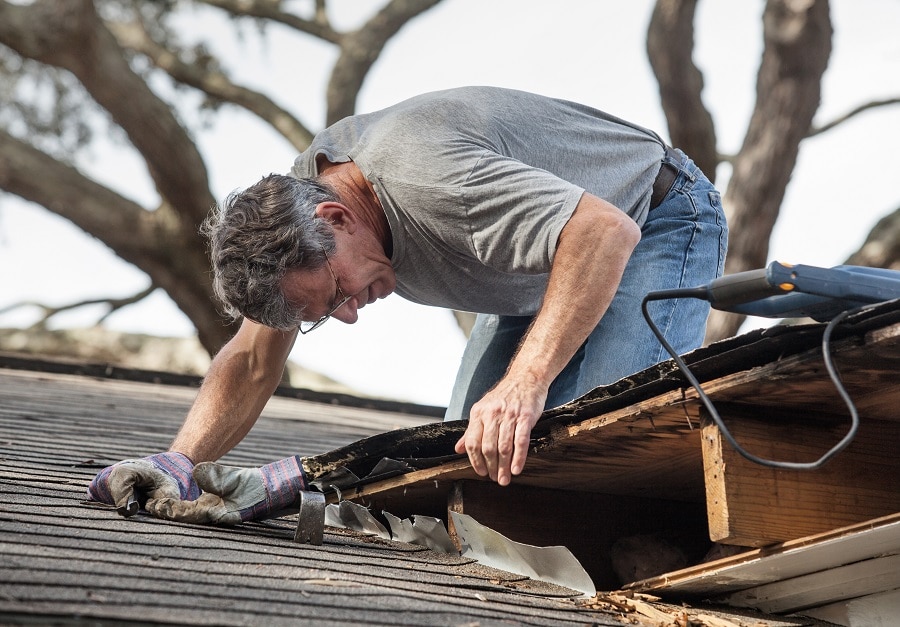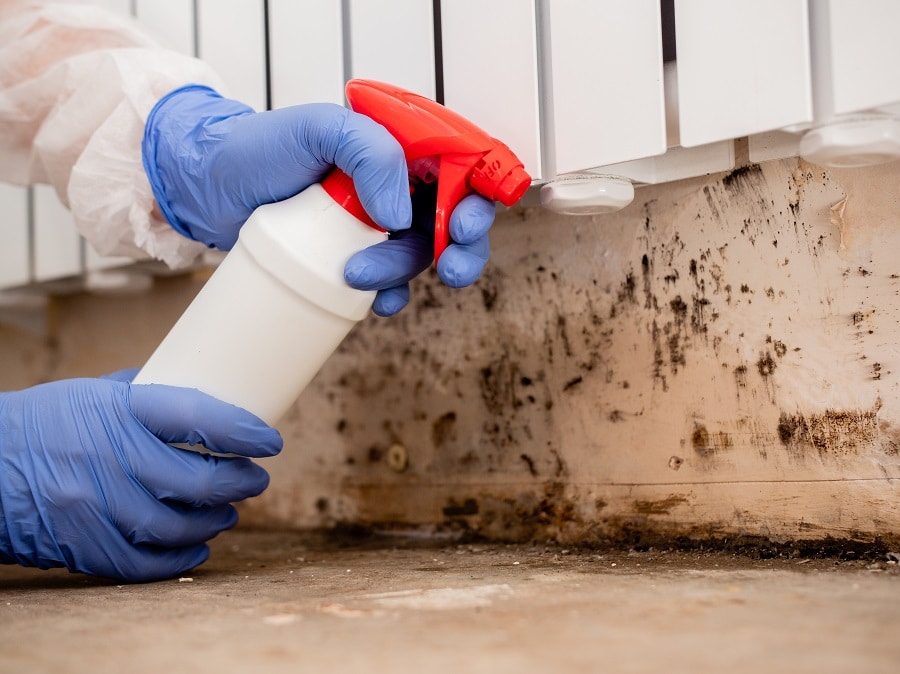Contact Sussex Damp Experts Now to Speak With an Expert.

At Sussex Damp Treatments, we understand the importance of a thorough examination to address any damp issues in your home. Our team of experts will conduct a detailed survey and provide valuable solutions that are both cost-effective and long-lasting. assessing any building, regardless of its age, our experts identify rot as a common cause of timber decay within structures.
We specialise in moisture proofing, conducting damp and timber surveys, and recommending the best course of action for repairs. When assessing any building, regardless of its age, our experts identify rot as a common cause of timber decay within structures. Two types of wood rot exist, dry rot and wet rot caused by fungal degradation. At Sussex Damp Treatments, we offer an extensive range of damp proofing treatments backed by our XX-year guarantee including rising damp treatment, basement waterproofing, wet rot control or timber treatments among other expertise areas. Trust us to provide you with professional services that give you peace of mind for the future. Contact us today for a quote from one of our approved damp surveyors who can assess your property’s needs accurately and efficiently.
Wet rot is a common type of wood degradation caused by fungal species such as Coniophora puteana and Choanephora cucurbitarum. These fungi thrive on moist wood, breaking down the cell walls and causing the wood to lose its strength. This can have disastrous effects on a building’s structural integrity. Wet rot is a term used to describe various types of fungi that feed on wood in this way. It is important to identify wet rot early and take action to prevent further damage, as it can spread quickly if left untreated. Regular maintenance and inspection of buildings can help detect any signs of wet rot before it becomes a serious problem.

Distinguishing between dry and wet rot can be a challenging task, but there are certain characteristics that can help identify the differences. Wet rot requires a higher level of moisture, around 50%, to thrive while dry rot germinates at lower levels of moisture, ranging from 20-30%. Dry rot is more destructive than its counterpart due to two primary reasons. Firstly, it requires less moisture to flourish compared to wet rot. Secondly, it often occurs in concealed areas where detection is difficult. As such, early identification and treatment are crucial in preventing extensive damage caused by dry or wet rots.
Wet rot is a common problem that can cause significant damage to wooden structures in homes. It is typically caused by structural issues or long-term exposure to rising damp, which leads to high levels of moisture and subsequent decay of the wood. This type of natural decay affects almost any type of wood, making it difficult for non-experts to identify. However, wet rot should not be confused with dry rot, which is a more severe form of wood decay. Unlike wet rot, dry rot can spread rapidly throughout a building and requires immediate attention from professionals.
Timber affected by rot can exhibit various symptoms, including localised fungal growth, a soft and spongy texture, a darker appearance compared to surrounding timber, crumbling into particles, and shrinking and bleaching in window and door frames. Flaky or damaged paint is also a common sign of rot. A musty damp smell may be present as well. Wet Rot can be distinguished from Dry Rot by examining the colour of the wood and the type of cracks that appear during the decay process. Wet rot is often associated with an earthy aroma reminiscent of decaying soil while dry rot has a less noticeable odour.
Failure to address wet rot in your property can lead to weakened wood, which may pose a safety hazard for occupants. Even seemingly minor cases of wet rot, such as a squishy chipboard floor, can be uncomfortable and inconvenient. However, prolonged exposure of crucial structural timbers to moisture from damp walls or ground-level water seepage could result in severe damage that compromises the timber’s structural integrity. When rot sets in, the affected wood becomes spongy and soft and easily caves in when prodded with a sharp object like a knife or screwdriver. Cracks running along the grain are also common signs of wetness.

Our team of professionals at Sussex Damp Treatments is dedicated to providing effective solutions for wet rot problems in your home. Our process begins with a thorough survey, followed by an agreed-upon solution and a convenient appointment set up by our surveyor. Once on-site, our expert technicians take the following steps to treat your property:
Firstly, we stop the moisture source by removing any contaminated wood and wall plaster to identify and fix the root cause of the issue. This crucial step ensures that wet rot spores cannot germinate in future.
Next, we remove any damaged areas such as skirtings, panelling, ceilings or plaster that have been affected by the current rot fungus problem; this prevents further spread.
We then apply a protective chemical barrier in the form of a fungicidal paste if structural timbers and brickwork are affected by wet rot fungus. The fungicidal paste not only eradicates wet rot but also protects against woodworm attacks for many years.
Finally, once satisfied that all traces of wet rot have been removed from your home, we replace removed timber with preservative-treated timbers ensuring long-lasting protection against future infestations. Trust us to provide you with efficient solutions for all your damp treatment needs!
Wet rot is a prevalent issue in areas where wood has been exposed to moisture and remains damp. However, treating the damage caused by damp rot is not enough. The root of the problem must be identified and addressed to prevent future occurrences of timber decay. It is crucial to determine the entry point of water into the wood, which will help eliminate any potential sources of moisture that could lead to further deterioration. By doing so, we can ensure that the affected area does not resurface with timber rot in the future.
In some cases, it may be necessary to replace affected timbers due to damp rot. However, applying a fungicide to the wood can often prevent this issue. During the drying-out process, a fungicide is used to treat wet rot. If you notice fungi growth or hyphae strands developing, using a potent fungicide selectively in the area is required to trace and sterilise such growth. Any contaminated timber or debris found beneath the floor must be removed and burned. Additionally, any tainted plaster that has been contaminated by strands should also be disposed of properly. To treat damaged timbers effectively, it’s best to employ professionals who are experts in treating wet rot like our team at Sussex Damp Treatments.

To preserve wood in damp environments, such as bathrooms and kitchens, it is crucial to take proper care. Areas most susceptible to moisture damage include sills, window boxes, fence posts, timber that touches brickwork without damp proofing, and any wood used in a river or marine piling or bridge construction. Fortunately, there are wood hardeners available for use on wet rotted wood, which can increase its strength after soaking into the material. These products are particularly effective when applied to window frames and doors. It’s important to note that untreated dampness can lead to further deterioration of the affected areas over time. Therefore, it’s essential to address any issues promptly with appropriate treatment options before they become more severe problems down the line.


Max and his team have been at our property all week and I really can’t thank them enough for the fantastic job they’ve done on plastering both our walls and ceilings. They have literally transformed the appearance of our house! Not only has Ma…
From start to finish Max has been incredable. His knowledge lin damp proofing is second to none and his team where very clean and polite. The plastered finish was like glass so happy we choose Max Plastering for job.
Lovely bunch of lads left a very neat and clean job. Problem was solved.
Perfect Finnish and all left clean and tidy and no mess. Used Max previously and would not hesitate to ask him carry out more work.
Max, Harvey and Stuart arrived promptly as arranged. Done a great job on our outside rear wall. Work completed to a high standard, removal of all old material and cleaned up after themselves. I am so pleased with the standard of their work they ar…
They turned up on time and carried out the works in a very professional manor leaving the front of the house clean and tidy. Very impressed would definitely recommend.
I have to say that on every level Max (with Stuart and Harvey) did an extremely professional job! They explained what they were going to do, they were polite and courteous and respected that they were coming into our home. The plastering is of the…

I called max and he managed to come around the same day to do a survey. The next day I received an extremely detailed survey compared to any other damp proofer which made me feel very at ease that he was going to do the right job. Max and team tur…
Contact Sussex Damp Experts Now to Speak With an Expert.